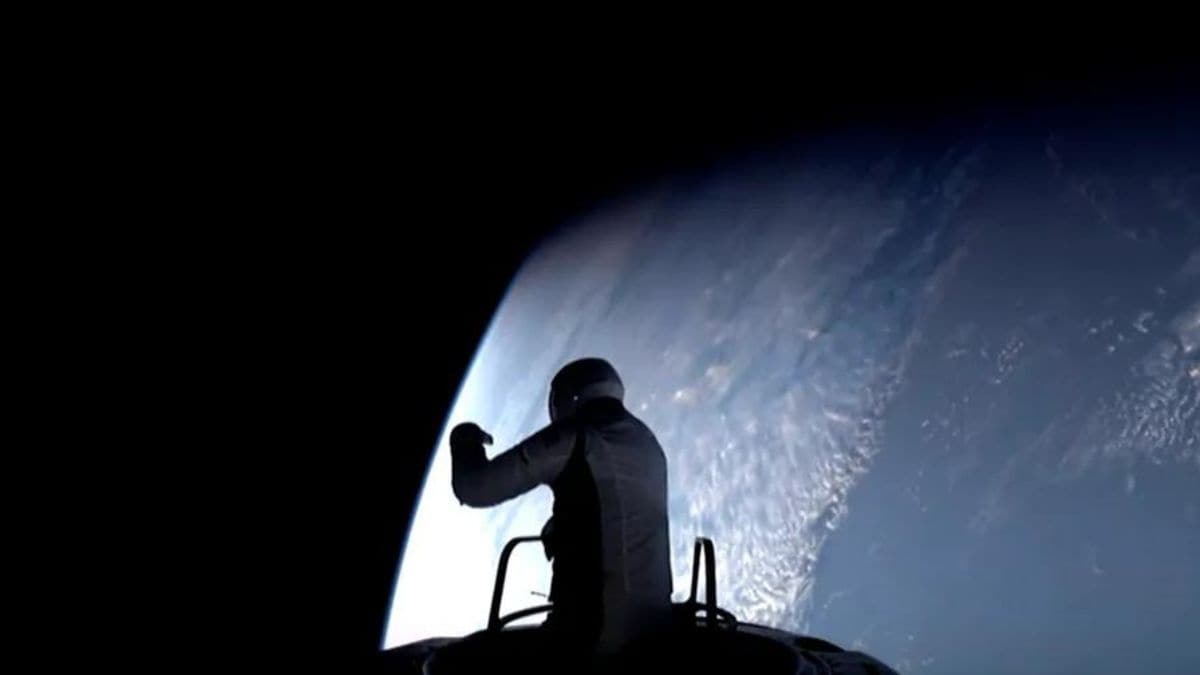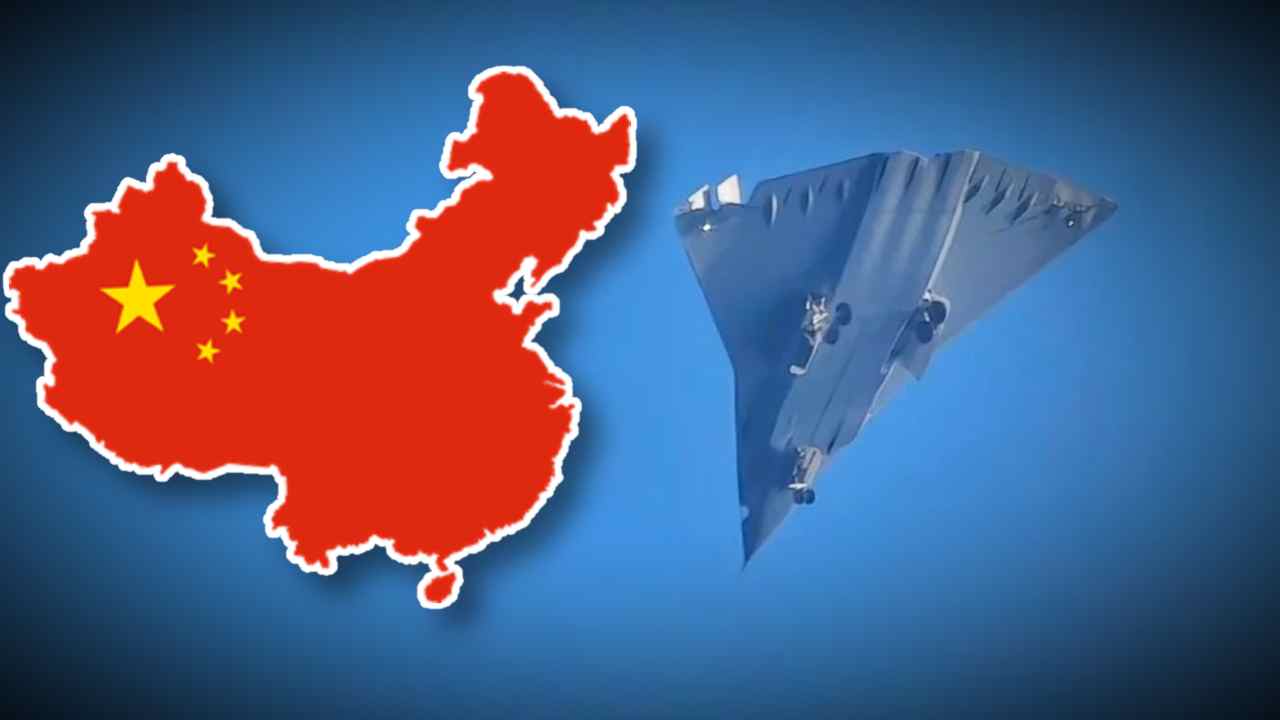Overview of the Polaris Dawn Mission
The Polaris Dawn mission was launched on September 10 after several months of preparation and delays. Its main objective was to undertake a commercial spacewalk, a feat previously reserved for governmental agencies. The mission featured the participation of four astronauts, with funding and command led by Jared Isaacman, a billionaire entrepreneur and space enthusiast. He was joined by Lieutenant Colonel Scott Poteet as the pilot, along with mission specialists Sarah Gillis and Anna Menon, both reputable operations engineers from SpaceX.
Understanding EVA and SEVA
EVA, or Extravehicular Activity, allows astronauts to exit their spacecraft completely to perform various tasks in space, like satellite maintenance or repair. In contrast, a Stand-Up Extravehicular Activity (SEVA) involves an astronaut remaining partially attached to the spacecraft, only extending some body parts outside.
Significance of the Polaris Dawn SEVA
During the Polaris Dawn mission, astronauts Jared Isaacman and Sarah Gillis engaged in a SEVA, remaining securely grounded within the SpaceX Dragon capsule throughout the event. This approach emphasizes safety and provides a mode of operation that could be beneficial for future commercial space operations. Notably, the Polaris Dawn’s mission represented the 20th recorded SEVA in space exploration history. The technique was first apparent back in 1966, during the Gemini mission when astronaut Michael Collins photographed Earth while partially emerged from the spacecraft.
Comparison of Past and Present SEVAs
The historic nature of SEVA is underscored by its rarity and the unique circumstances surrounding it. The first SEVA happened in 2008 when two Chinese astronauts briefly exited their spacecraft to wave their national flag. In comparison, the Polaris Dawn mission demonstrated advancements in technology and training, lasting approximately 1 hour and 46 minutes, an endeavor that hints at the burgeoning potential of private sector involvement in space exploration.
Impact on the Future of Space Exploration
The Polaris Dawn mission illustrates a significant step forward in commercial space travel, showcasing the potential for private companies to engage in tasks once thought to be strictly under the purview of government space agencies. With these advancements, we can anticipate an era where commercial missions are commonplace, paving the way for further exploration and discoveries beyond our planet.
As the world of space travel continues to evolve, missions like Polaris Dawn not only inspire future generations but also underline the capabilities of private entities in contributing to space research and exploration.










